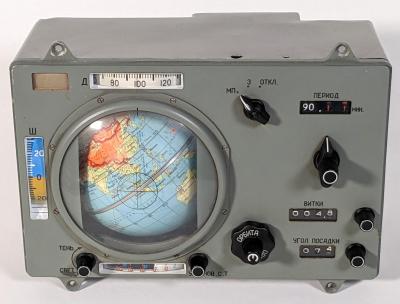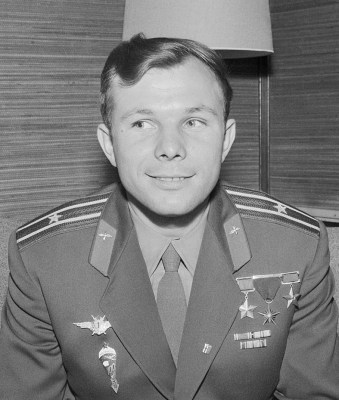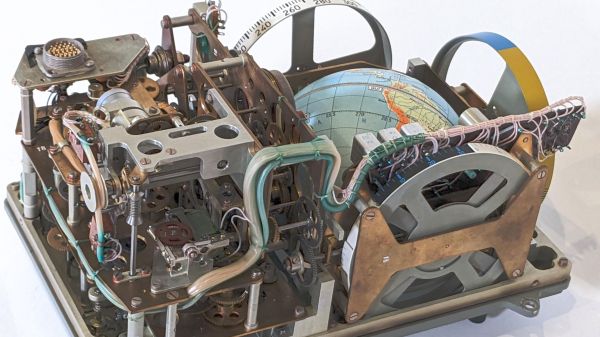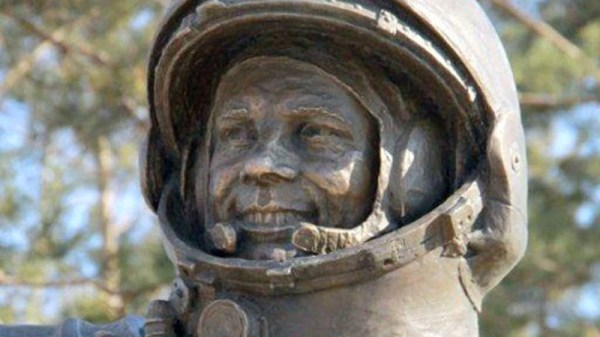Back near the beginning of the current Solar Cycle 25, we penned an article on what the whole deal is with solar cycles, and what could potentially lie in store for us as the eleven-year cycle of sunspot population developed. Although it doesn’t really come across in the article, we remember being somewhat pessimistic about things, thinking that Solar Cycle 25 would be somewhat of a bust in terms of increased solar activity, given that the new cycle was occurring along with other, longer-period cycles that tend to decrease solar output. Well, looks like we couldn’t have gotten that more wrong if we tried, since the Sun lashed out with a class X solar flare last week that really lit things up. The outburst came from a specific sunspot, number 3514, and clocked in at X2.8, the most powerful flare since just before the end of the previous solar cycle. To put that into perspective, X-class flares have a peak X-ray flux of 10-4 watts/m², which when you think about it is a lot of energy. The flare resulted in a strong radio blackout; pretty much everything below 30 MHz was unusable for a while.
Vostok4 Articles
Inside Globus, A Soviet-Era Analog Space Computer
Whenever [Ken Shirriff] posts something, it ends up being a fascinating read. Usually it’s a piece of computer history, decapped and laid bare under his microscope where it undergoes reverse engineering and analysis to a degree that should be hard to follow, but he still somehow manages to make it understandable. And the same goes for this incredible Soviet analog flight computer, even though there’s barely any silicon inside.
 The artifact in question was officially designated the “Индикатор Навигационный Космический,” which roughly translates to “space navigation indicator.” It mercifully earned the nickname “Globus” at some point, understandable given the prominent mechanized globe the device features. Globus wasn’t actually linked to any kind of inertial navigation inputs, but rather was intended to provide cosmonauts with a visual indication of where their spacecraft was relative to the surface of the Earth. As such it depended on inputs from the cosmonauts, like an initial position and orbital altitude. From there, a complicated and absolutely gorgeous gear train featuring multiple differential gears advanced the globe, showing where the spacecraft currently was.
The artifact in question was officially designated the “Индикатор Навигационный Космический,” which roughly translates to “space navigation indicator.” It mercifully earned the nickname “Globus” at some point, understandable given the prominent mechanized globe the device features. Globus wasn’t actually linked to any kind of inertial navigation inputs, but rather was intended to provide cosmonauts with a visual indication of where their spacecraft was relative to the surface of the Earth. As such it depended on inputs from the cosmonauts, like an initial position and orbital altitude. From there, a complicated and absolutely gorgeous gear train featuring multiple differential gears advanced the globe, showing where the spacecraft currently was.
Those of you hoping for a complete teardown will be disappointed; the device, which bears evidence of coming from the time of the Apollo-Soyuz collaboration in 1975, is far too precious to be taken to bits, and certainly looks like it would put up a fight trying to get it back together. But [Ken] still manages to go into great depth, and reveals many of its secrets. Cool features include the geopolitically fixed orbital inclination; the ability to predict a landing point from a deorbit burn, also tinged with Cold War considerations; and the instrument’s limitations, like only supporting circular orbits, which prompted cosmonauts to call for its removal. But versions of Globus nonetheless appeared in pretty much everything the Soviets flew from 1961 to 2002. Talk about staying power!
Sure, the “glass cockpit” of modern space vehicles is more serviceable, but just for aesthetics alone, we think every crewed spacecraft should sport something like Globus. [Ken] did a great job reverse-engineering this, and we really appreciate the tour. And from the sound of it, [Curious Marc] had a hand in the effort, so maybe we’ll get a video too. Fingers crossed.
Thanks to [saintaardvark] for the tip.
Sixty Years Ago Today: Yuri Gagarin Becomes The First Human In Space
As those of us with an interest in space exploration look forward with excitement towards new Lunar and Martian exploration, it’s worth casting our minds back for a moment because today marks a special anniversary. Sixty years ago on April 12th 1961, the Vostok 1 craft with its pilot Yuri Gagarin was launched from the Baikonur cosmodrome in what is now Kazakhstan. During the 108-minute mission he successfully completed an orbit of the Earth before parachuting from his craft after re-entry and landing on a farm near Engels, in the Saratov oblast to the south of Moscow.

In doing so he became the first human in space as well as the first to orbit the Earth, he became a hero to the Soviet and Russian people as well as the rest of the world, and scored a major victory for the Soviet space programme by beating the Americans to the prize. All the astronauts and cosmonauts who have been to space since then stand upon the shoulders of those first corps of pioneering pilots who left the atmosphere alone in their capsules, but it is Gagarin’s name that stands tallest among them.
In Russia the anniversary is being celebrated with particular fervour with special events, TV coverage, and a visit by President Putin to the landing site, and from space by the Russian cosmonauts in orbit on the ISS. Meanwhile space agencies closer to home are remaining tight-lipped, with NASA failing to mention that particular objective for ISS Expedition 65 crewmembers.
We consider that the politics of the Cold War should not be allowed to detract on our side of the world from the achievement of Gagarin and the engineers and scientists who placed him in orbit, thus we prefer to tell the whole story when dealing with space history. If you’d like to read a bit more Vostok history then we’d like to point you at the story of another Soviet cosmonaut, Valentina Tereshkova, the first woman in space.
Header image: Нина ПЕТРИЩЕВА, CC BY-SA 4.0.
The Flight Of The Seagull: Valentina Tereshkova, Cosmonaut
That the Cold War was a tense and perilous time in history cannot be denied, and is perhaps a bit of an understatement. The world stood on the edge of Armageddon for most of it, occasionally stepping slightly over the line, and thankfully stepping back before any damage was done.
As nerve-wracking as the Cold War was, it had one redeeming quality: it turned us into a spacefaring species. Propelled by national pride and the need to appear to be the biggest kid on the block, the United States and the Soviet Union consistently ratcheted up their programs, trying to be the first to make the next major milestone. The Soviets made most of the firsts, making Sputnik and Gagarin household names all over the world. But in 1962, they laid down a marker for a first of epic proportions, and one that would sadly stand alone for the next 19 years: they put the first woman, Valentina Tereshkova, into space.
Continue reading “The Flight Of The Seagull: Valentina Tereshkova, Cosmonaut”















